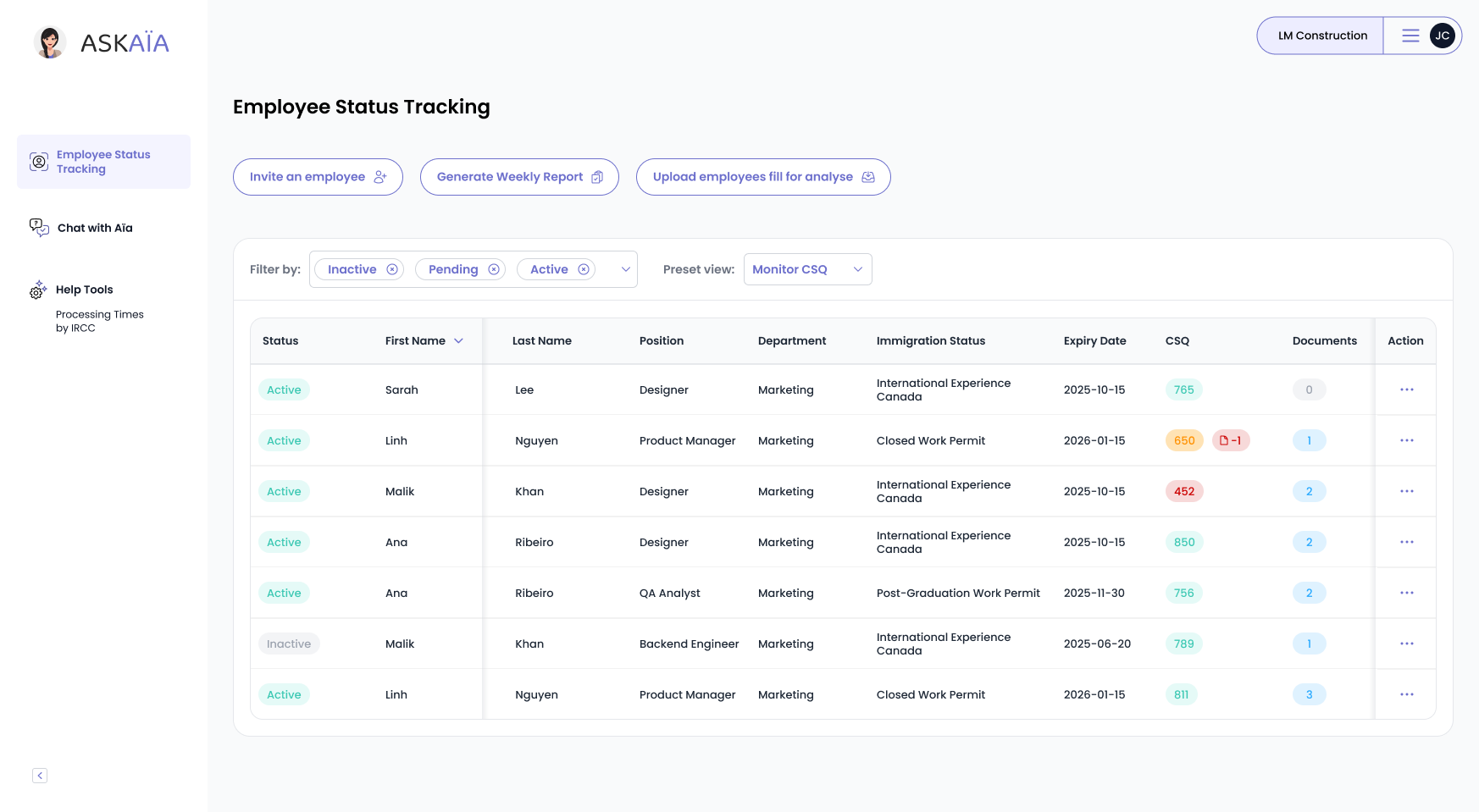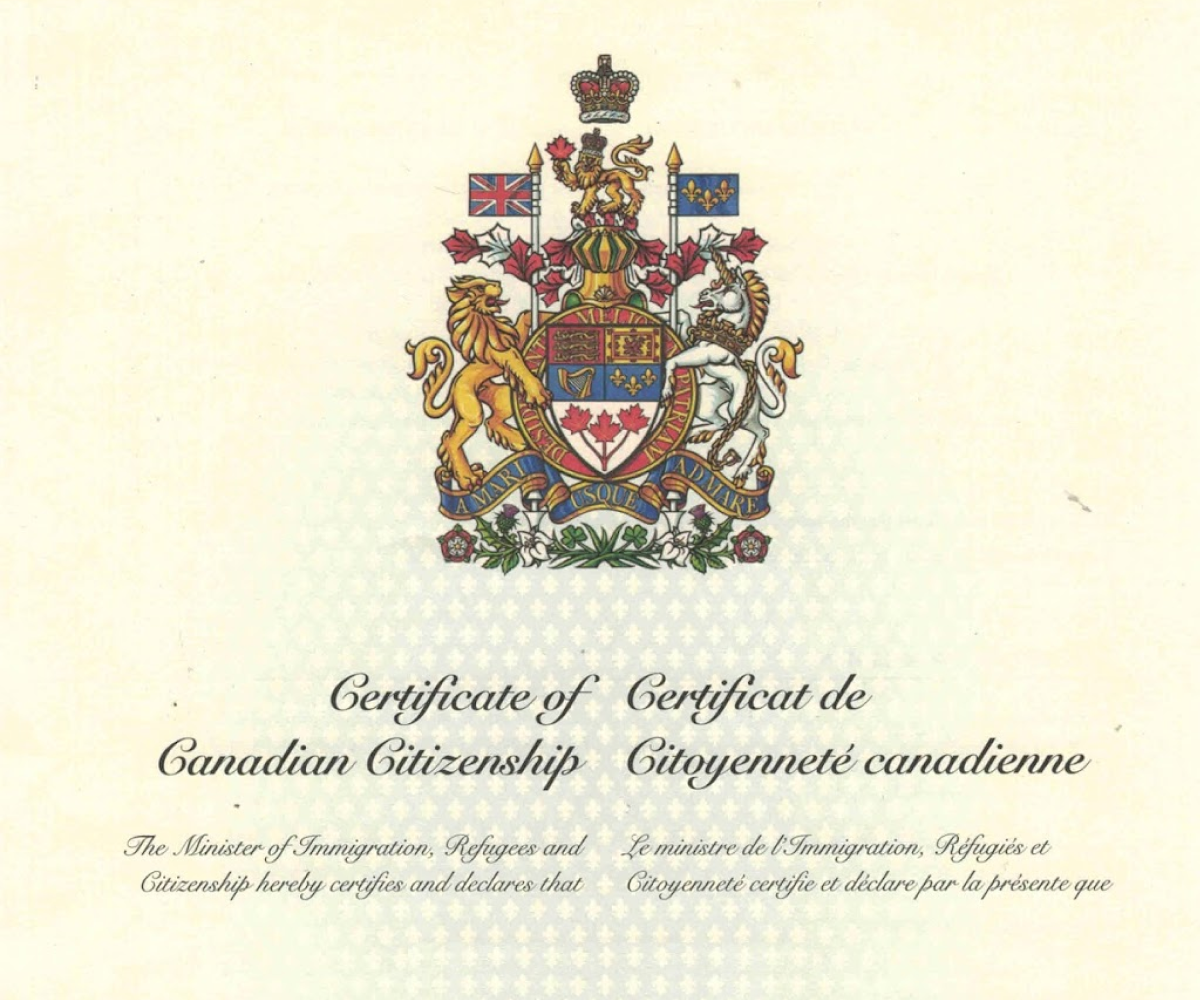Missed the caregiver pilot deadline? You’re not alone—and you still have options. Canada’s new Home Care Worker Pilots closed within hours of opening. But if you're a home support worker, there are three solid alternatives to secure permanent residency in Canada.
In this post, you’ll learn what those options are, how they work, and what you need to prepare.
Key Takeaways
- The 2025 Home Care Worker Pilots closed within hours due to overwhelming demand—and technical issues blocked many from applying.
- If you missed out, there are still three strong alternatives: PNPs, LMIA-based permits, and H&C applications.
- These alternatives don’t offer PR on arrival—but they remain real and proven ways to build a future in Canada.
About the 2025 Home Care Worker Pilots
If you’re wondering why the caregiver pilot closed so fast, it’s worth taking a closer look at how the new program works. We explain the key changes in this in-depth article on the 2025 Home Care Worker Immigration Pilots.
Canada launched two new immigration pilots on March 31, 2025, to address the growing shortage of home care workers across the country. These pilots were designed to streamline the process for caregivers—both in Canada and abroad—to become permanent residents.
Unlike previous caregiver programs, the 2025 pilots offered permanent residency upon arrival, removed the LMIA requirement, and lowered the language and education thresholds. The goal was to create a faster, more inclusive pathway for those already providing essential care in Canadian homes.
What Happened on March 31, 2025?
The pilots opened—and closed—on the same day. Thousands of applicants rushed to apply, but many were unable to submit due to technical issues. The IRCC portal crashed, logins failed, and the system was overwhelmed. Within hours, the intake cap of 2,750 applications per stream was reached. Many missed their chance despite preparing in advance. It was a frustrating and stressful experience for caregivers across Canada.
If you were affected, you're not alone—and this article is here to help you explore other ways forward.
What Are Your Options Now?
While the pilots closed quickly, there are still three clear alternatives that can help you build a future in Canada. These options are open to workers already in Canada or those able to secure a job offer. Each one has different requirements—but all lead to the same goal: permanent residency. Want help navigating your options? Ask Aïa what are your best options now.
1. Use a Provincial Stream for Health Workers
Ontario, British Columbia, and Alberta have specific immigration pathways for home support and healthcare workers.
-
Ontario: The Employer Job Offer: In-Demand Skills Stream lets support workers apply with a full-time job offer and 9 months of work in Ontario.
-
BC: The Health Authority stream allows health workers to apply even without an LMIA.
-
Alberta: The Alberta Opportunity Stream includes healthcare roles if you're already working in the province with a valid permit.
These PNPs often lead to a fast-track to permanent residency once nominated.
2. Apply Through the Temporary Foreign Worker Program (TFWP)
If you have an employer ready to support you, they can apply for an LMIA. This lets you work legally in Canada with a closed work permit tied to that employer.
Once you gain 1–2 years of Canadian work experience, you could be eligible for:
-
Express Entry (Canadian Experience Class)
-
A Provincial Nominee Program
-
Future caregiver pathways
LMIA-based jobs require employer paperwork and take time to process—but they’re a real route to PR.
3. Apply on Humanitarian and Compassionate Grounds
If you’re already in Canada without valid status, this may be your only pathway.
You may qualify for PR if:
-
You’ve built your life in Canada (work, community, time)
-
You face hardship or danger if removed
-
There are children involved whose best interests are affected
This is a discretionary process and slower than other options—but it has helped many long-term caregivers regularize their status.
Your Next Step Starts Here
The 2025 pilots filled up in hours—but your immigration journey doesn't end there. PNPs, LMIA-based permits, and H&C applications offer solid alternatives tailored to your situation.
Need help deciding which one’s right for you? AskAïa can guide you with personalized immigration advice—step by step. Start by taking the free assessment to discover which path fits your profile.

Let’s get your demo started
Book a demo
You May Also Like
These Related Stories

Poutine: Canada’s Answer to Big Mac Energy
You’re a proud Republican, but the 2024 U.S. election didn’t go your way. Looking for a place where freedom, community, and comfort food thrive? Canad …

Canada Extends Ukrainian Immigration Measures Until 2026 – Key Updates
On February 27, 2025, Canada extended key immigration measures for Ukrainians fleeing the war until March 31, 2026. Marc Miller announced that those w …

Choose Citizenship Over PR? Data Shows It’s Worth It
Is Canadian citizenship really worth it if you’re already a permanent resident? Many immigrants ask this question. Is it just a passport—or a life upg …
